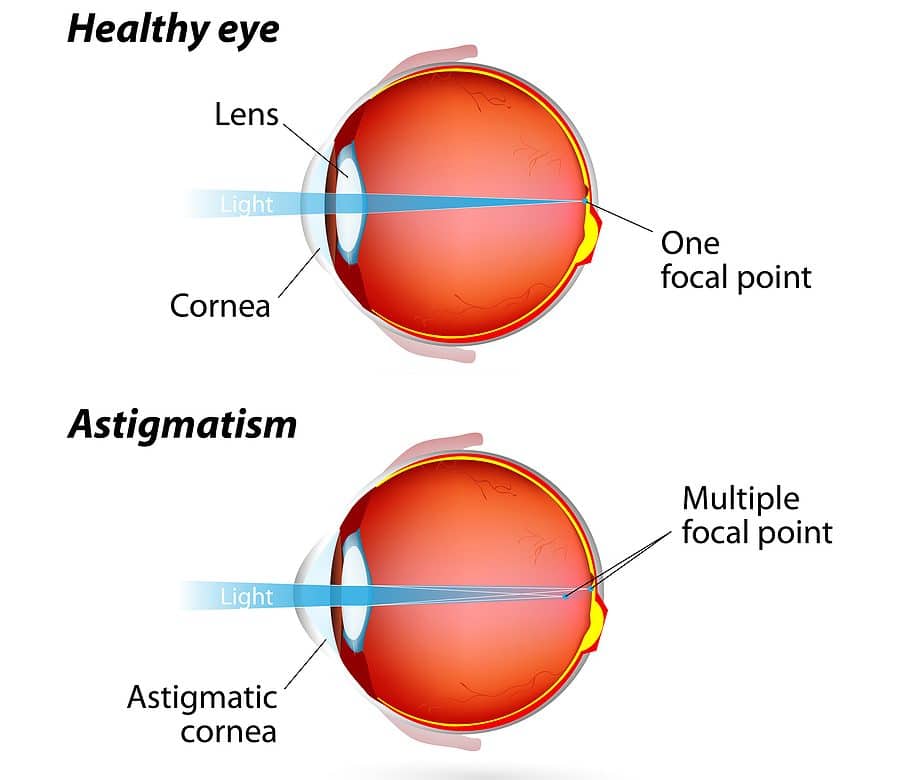For patients with irregular astigmatism who develop cataracts, treatment options can be more limited than for cataract patients with regular astigmatism or no astigmatism. For an explanation of the differences between regular and irregular astigmatism, visit ic8lens.com/what-is-regular-vs-irregular-astigmatism/. When it comes to cataract surgery, patients with irregular astigmatism are often referred to as having a Complex Cornea. To look at how Complex Cornea affects cataract surgery outcomes, let’s start by defining what a cataract is.
What is a cataract?
A cataract is an age-related condition that results in the clouding of the lens of the eye. Seeing through a cloudy lens can be like looking through a foggy window, making everyday tasks like reading or driving a car difficult. Patients with cataracts can experience a progressive loss of visual clarity that if left untreated can result in blindness. Luckily cataract surgery is one of the most common surgical procedures performed around the world. Cataract surgery involves replacing the natural lens of the eye with an artificial lens, known as an intraocular lens or IOL.
What is irregular astigmatism?
Irregular astigmatism in the cornea is when the curvature of the eye’s surface is not perfectly round and is in fact curved unevenly. For example, it could be steeper towards the bottom of the eye and less so towards the top. It could even involve multiple configurations where the eye is curved in multiple directions.
Most often, irregular astigmatism is associated with prior ocular surgeries, trauma to the eye, or eye conditions such as keratoconus. Patients with irregular astigmatism can experience a range of visual effects including reduced visual acuity, blurry vision, and unwanted visual phenomena. Cataracts can also cause similar visual challenges but are caused by a cloudy lens rather than an irregularly curved cornea.
How does Complex Cornea affect cataract surgery?
A large number of people who have cataracts also have a Complex Cornea.
There are two main ways in which a Complex Cornea can affect cataract surgery results. First, it can be more difficult for an eye doctor to accurately correct vision. Second, current IOL technologies are not designed to improve visual quality resulting from a Complex Cornea and some may even worsen it.
Today, the most common IOL used with Complex Cornea patients is a monofocal IOL. This type of IOL corrects vision at a single focal point, usually distance vision. This leaves patients dependent on glasses for up-close vision post cataract surgery and leaves their corneal irregularities untreated.
There are other types of IOLs, such as multifocal IOLs, which are designed to provide clear vision at two or more distances, and toric lenses, which correct vision for some patients with regular astigmatism. Traditionally, these lenses have resulted in unreliable outcomes and can result in poor vision quality for those with Complex Cornea.
If you have been told you have cataracts and believe you may have an irregular astigmatism, talk to your doctor about the best treatment option for you.



